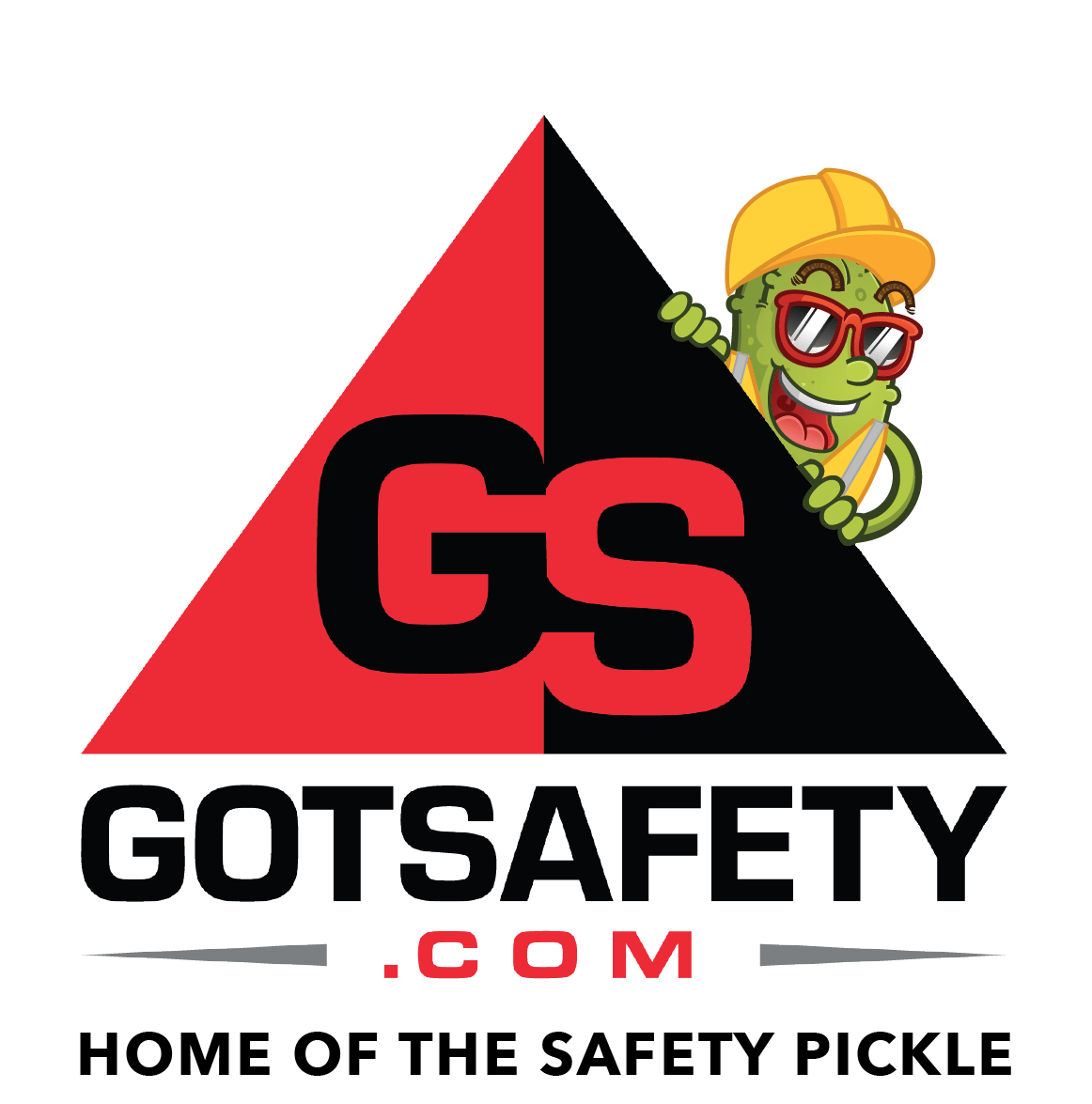Abuse and Domestic Violence Reporting
introduction
Abuse has many forms and many victims, so those who work in the healthcare, law enforcement, or education fields must be properly prepared to watch for signs of abuse in all patients, clients, or students.
CHILD ABUSE
Symptoms of child abuse to look out for include:
• Unexplained injuries beyond injuries acquired from normal play. Suspicious injuries may include:
o Injuries that have a peculiar pattern, such as in a straight line or a circle.
o Injuries in areas of the body that are generally protected, such as the inside of the arms or
legs, the back, or the buttocks.
o The explanation for the injury may be suspicious or it may even change when asked again.
• Drastic changes in behavior, eating habits, or school performance.
• A child who seems to fear going home.
• Medical or dental problems that are continually left untreated.
• A child who seems to lack a certain level of personal care or hygiene.
• A child who has trouble walking or sitting may be exhibiting signs of sexual abuse.
DOMESTIC VIOLENCE
Although many injuries can have other sources beyond
domestic violence, the following injuries are common among
victims and you must watch out for them:
• A ruptured eardrum
• A rectal or genital injury
• Cuts, scrapes, or bruises anywhere on the body
• Broken or loose teeth
• Cigarette burns
• Bite marks


ELDER ABUSE
- Signs of elder abuse are the same as possible
signs of domestic violence, but physical abuse
may also be manifested by the inappropriate
use of drugs or chemical restraints. - Financial exploitation, or the unauthorized use
of an elderly person’s funds or property, can
be a common sign of elder abuse and the
the perpetrator is usually somebody that the
the victim is close to. - Emotional abuse in the elderly can take two forms, either verbal or nonverbal:
o Verbal forms of emotional abuse are yelling, intimidation, humiliation, and ridicule.
o Nonverbal forms include ignoring or isolating the elderly person.
HOW TO RESPOND
All healthcare workers, educators, law enforcement officers, and child care workers have mandated reporters when it comes to abuse. If you suspect abuse you must either call local child protective services or social services. When reporting, you should have as much information as possible on hand, including:
• A description of all injuries and dates you noticed them.
• The identities of any suspected abuser(s).
• As many details of physical evidence as possible.
• The current condition and location of the victim.
• A statement from the victim, if possible.
CONCLUSION
Healthcare workers must always stay alert and watchful for signs of abuse, as well as being
knowledgeable of the proper authorities to contact in case abuse is suspected. You never know
when attention to small details could help save somebody’s life.

